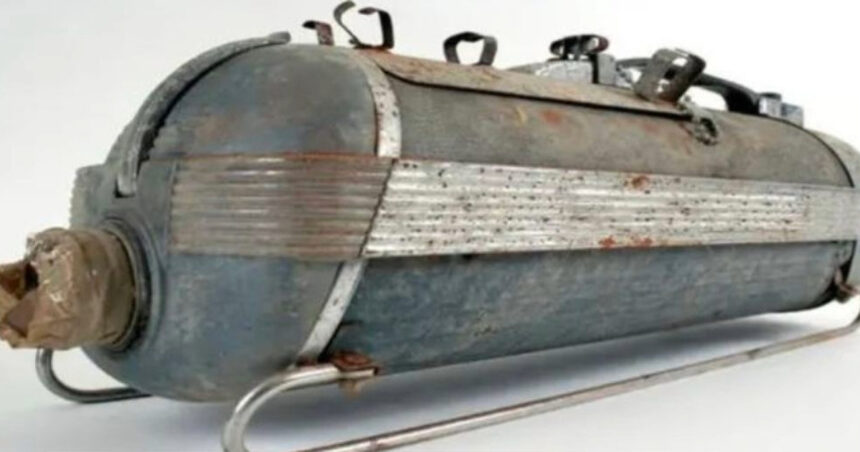Upon encountering an image of this object online, its identity eluded me completely! I expended considerable mental effort attempting to decipher its nature, but the solution remained elusive.
Any speculation on your part about its identity? Well, if you guessed a vintage vacuum cleaner, your intuition would be spot on! Although contemporary vacuum cleaners have undergone significant transformations owing to advancements in science and technology, the 1800s marked a pivotal era for these household tools. Increased awareness of hygiene and technological progress prompted a notable shift in people’s approach to cleanliness.
While the vacuum cleaner, as we currently recognize it, had not yet been conceived, the 19th century witnessed remarkable strides in cleaning apparatus. Despite their simplicity by modern standards, metal vacuum cleaners played a crucial role in steering the course toward more efficient and effective home cleaning.

During this period, the burgeoning emphasis on cleanliness spurred a quest for innovative and convenient methods of maintaining a neat living space. The Industrial Revolution, a period characterized by profound technological changes, left an indelible mark on various facets of daily life, including household chores. While early vacuum-like devices existed, they were generally bulky, inefficient, and lacked the convenience associated with contemporary vacuum cleaners.
Metal found its way into the construction of early cleaning contraptions, exemplified by the large and unwieldy canisters depicted in the aforementioned picture. These manual, human-operated vacuum cleaners relied on a handle attached to a pump mechanism to generate suction, making the task of collecting dirt and debris from floors and carpets a laborious process.
One notable invention from this era is the ‘Whirlwind,’ a metal vacuum cleaner patented by Ives W. McGaffey in 1869. This hand-cranked device used bellows to create suction, signifying a leap forward in cleaning tool evolution. However, its practicality was limited, falling short of the automated, electrically powered vacuum cleaners that would later emerge.

Metal vacuum cleaners from the 1800s epitomize the era’s spirit of innovation and foreshadow the household appliances that would become indispensable in the ensuing decades. These early attempts at mechanized cleaning laid the groundwork for further advancements, inspiring inventors and engineers to refine and enhance the concept.
The late 1800s set the stage for the advent of the electric age, and it was in the early 20th century that significant breakthroughs occurred in vacuum cleaner technology. The incorporation of electric motors and more practical designs culminated in the creation of the first commercially successful electric vacuum cleaner by Hubert Cecil Booth in 1901.
Who would have thought that the history of vacuum cleaners could be so intriguing?!
